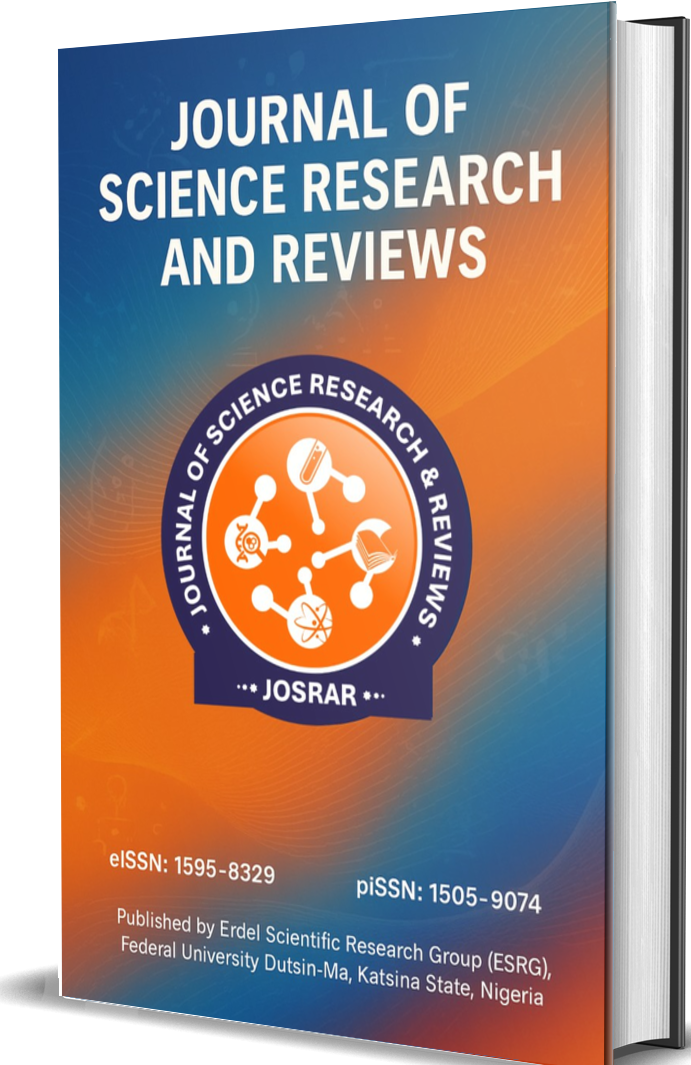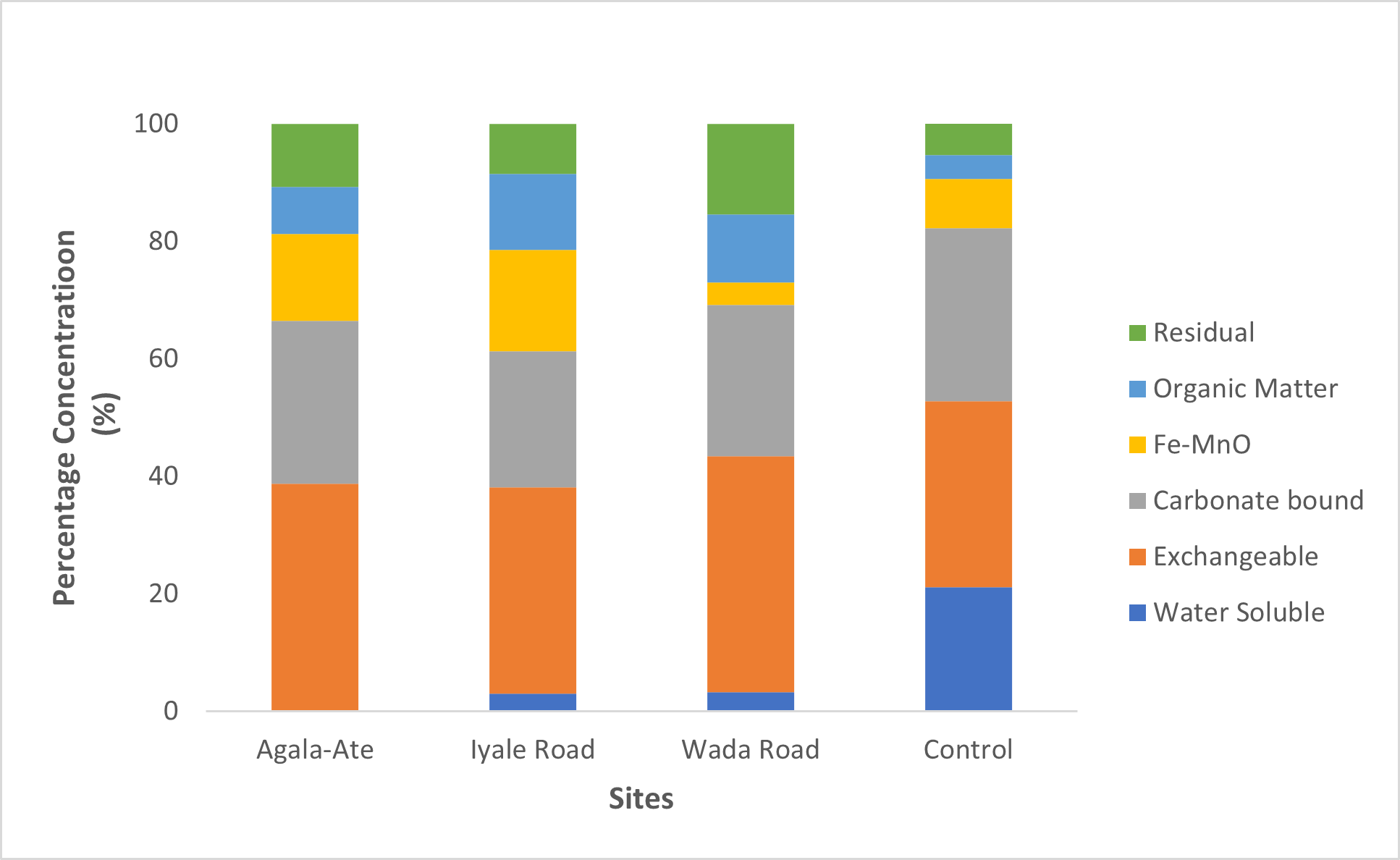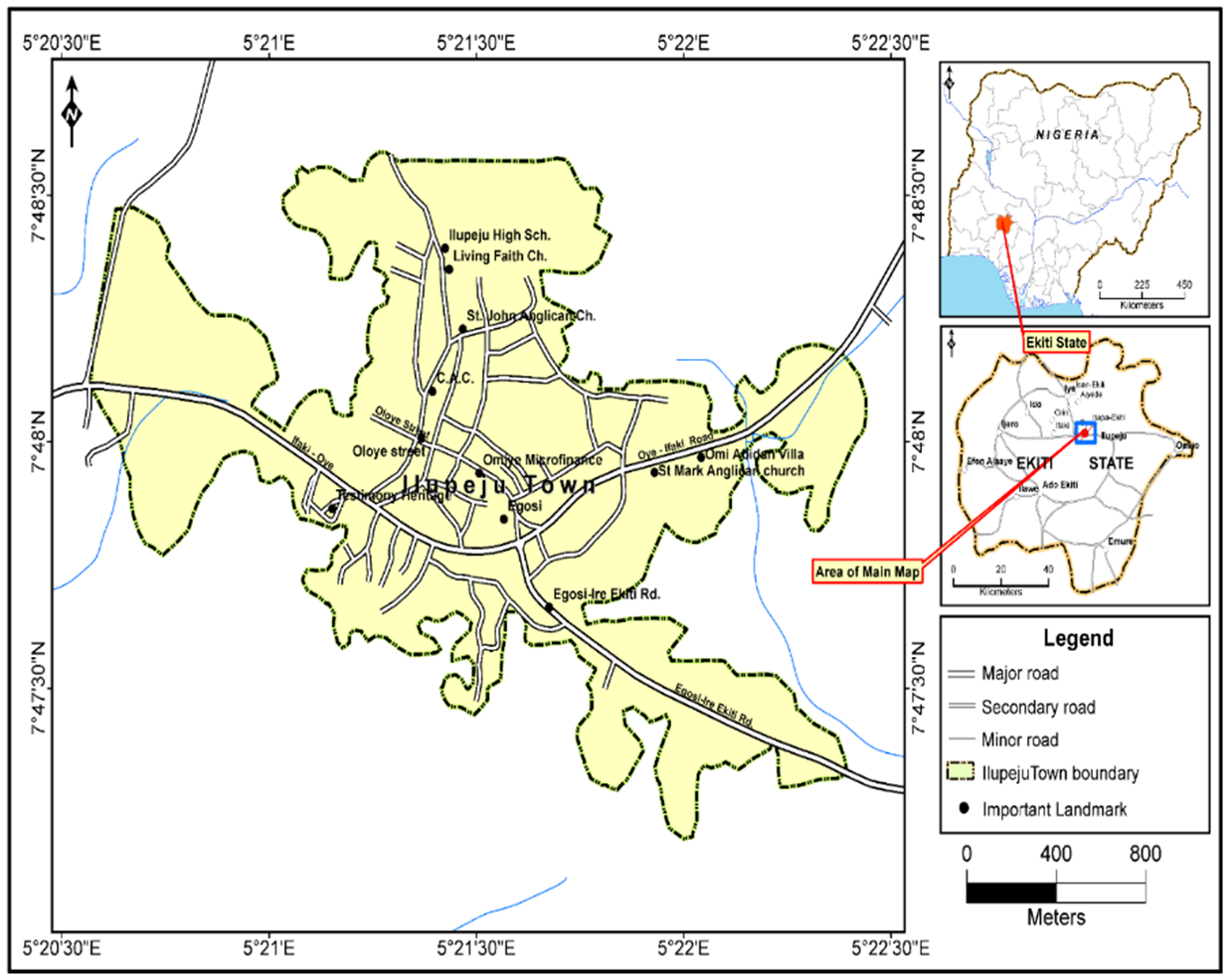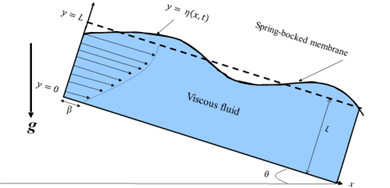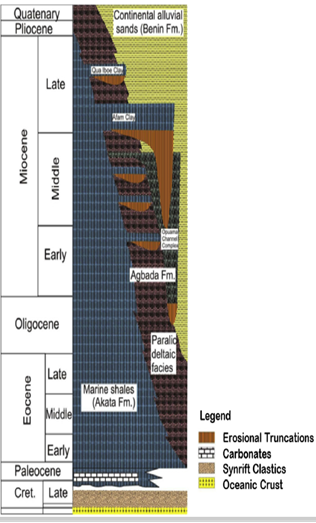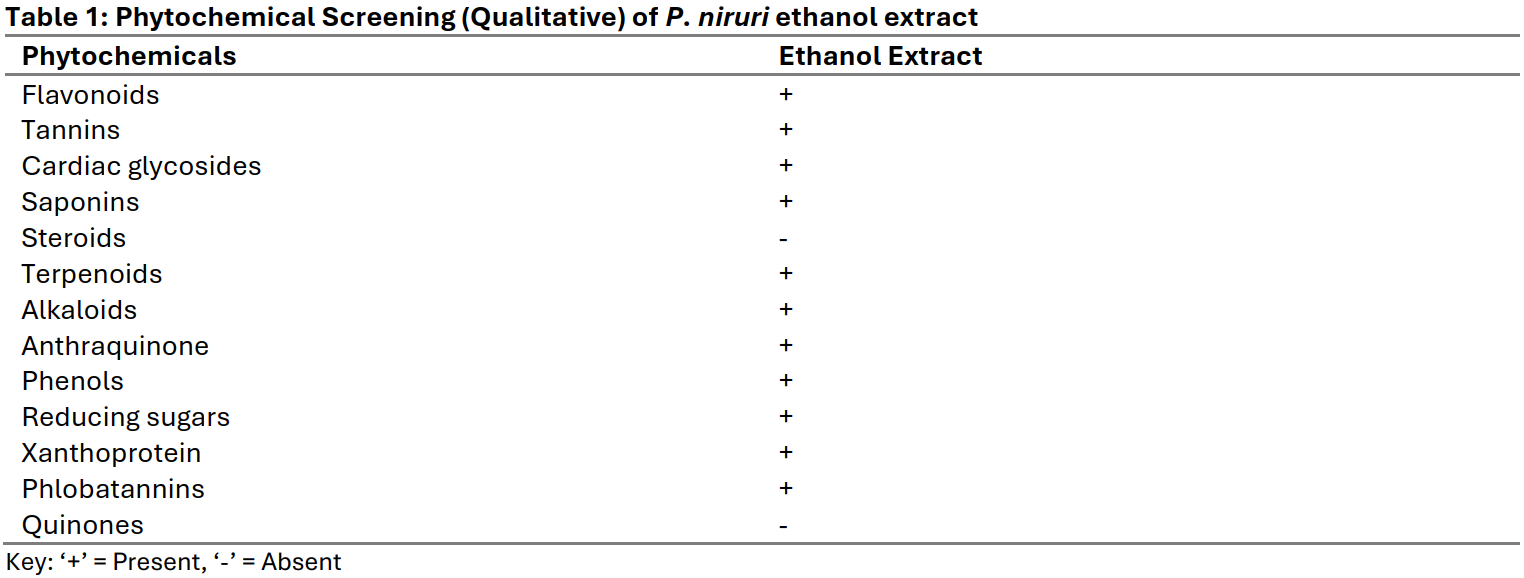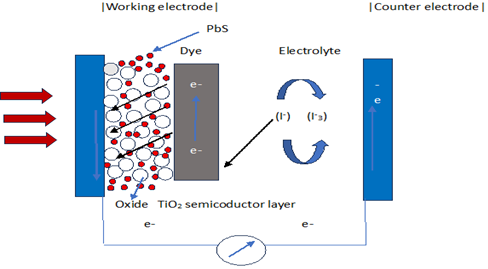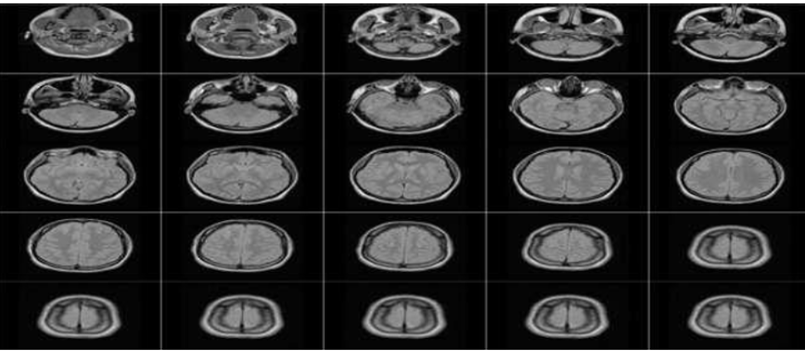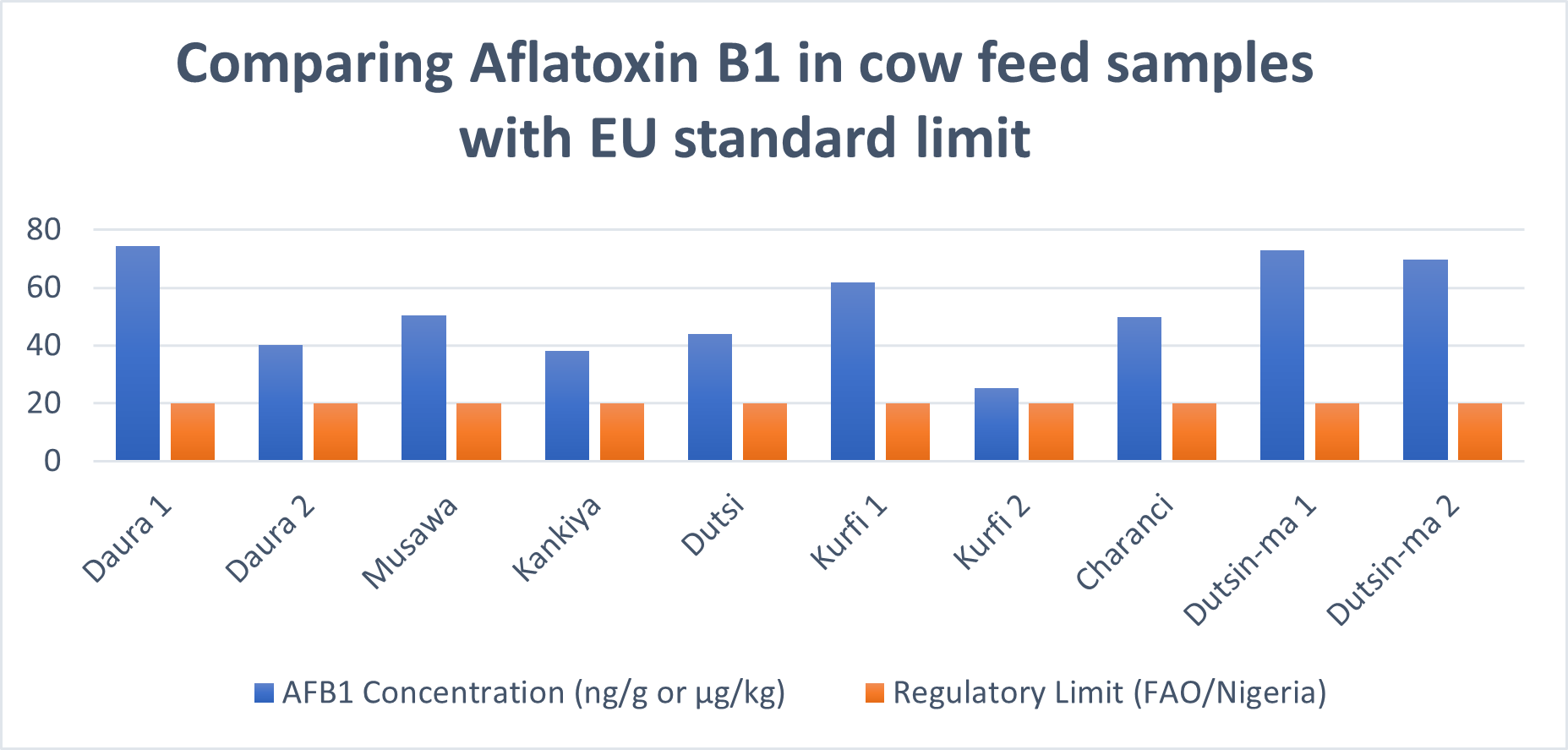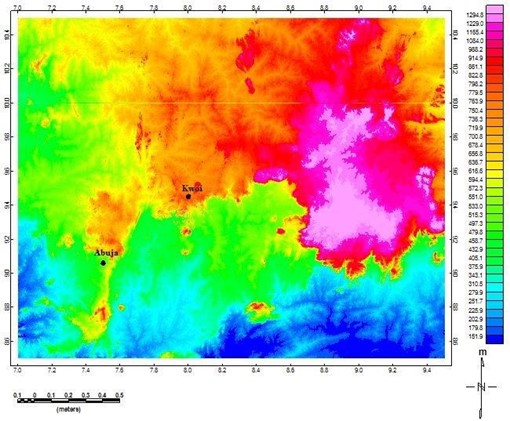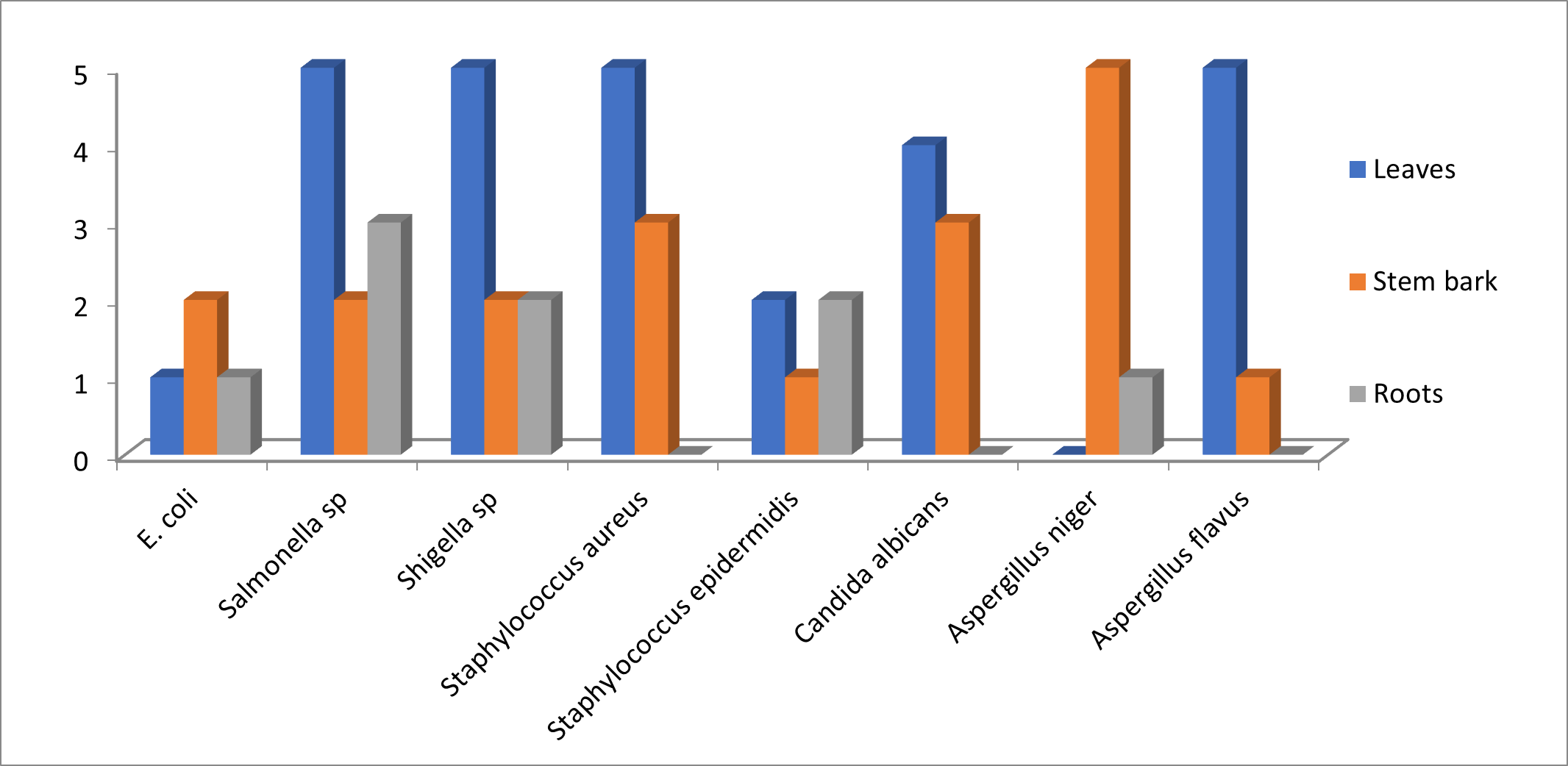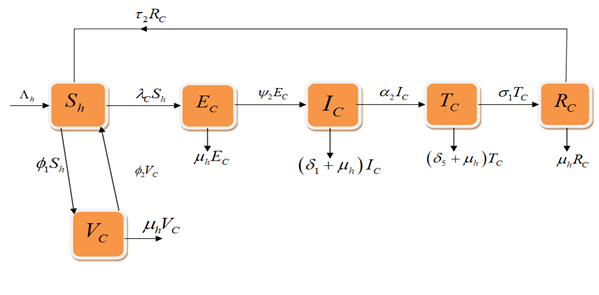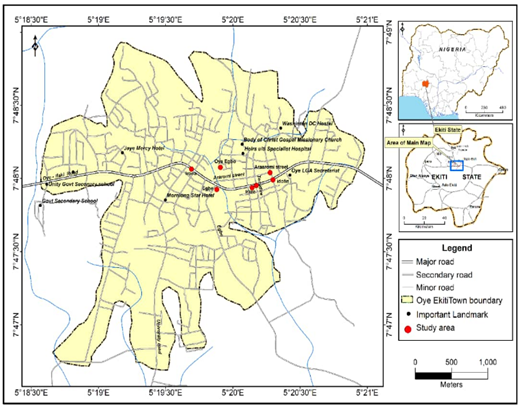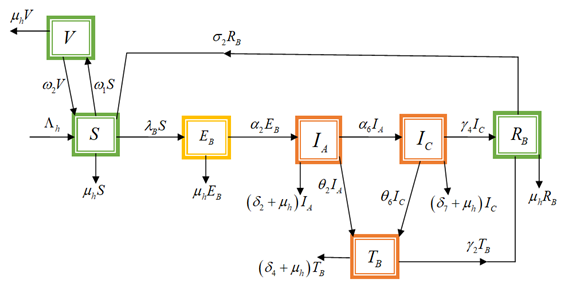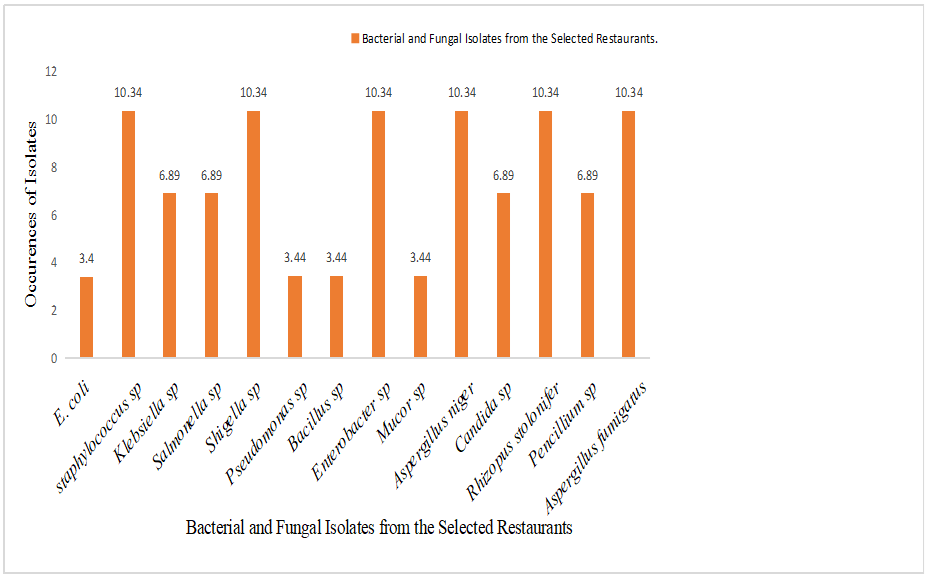
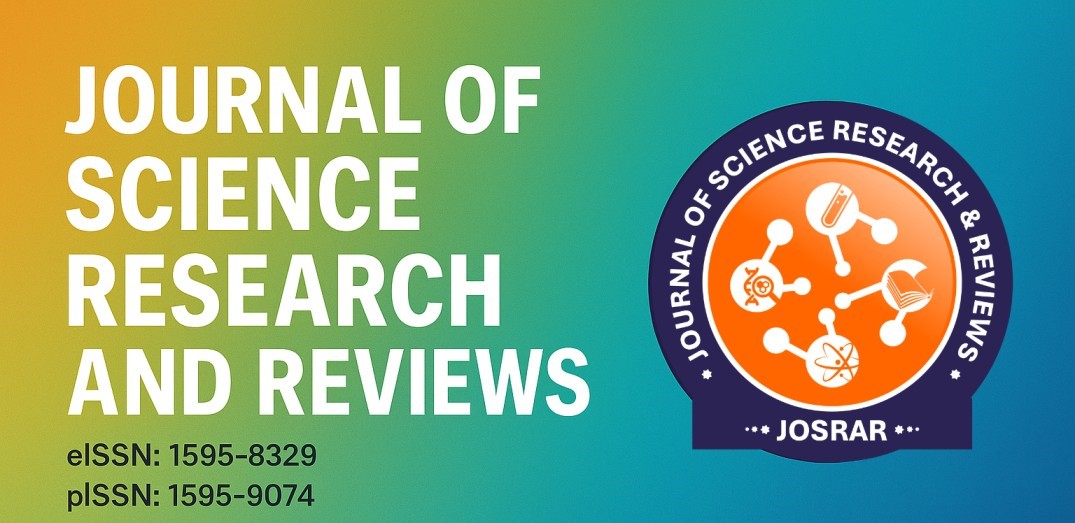
Why Publish With JOSRAR
We are committed to supporting you throughout your publishing “journey” – from submission, through peer review, to publication and promotion
Open Access
JOSRAR is a strong supporter of open access (OA). All the research articles published in JOSRAR are fully open access.
Read moreRefereed
Peer review process - Committed to serving the scientific community. JOSRAR uses a single-blind peer-review process.
Read moreIndexed
The journal is indexed and abstracted in Crossref, Google Scholar, WorldCat, Researchgate, etc.
Read moreAnnouncements

Current Issue
Vol. 2 No. 5 (2025): JOSRAR Vol. 2 No. 5 (September - October)
Published:
2025-11-14

